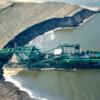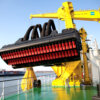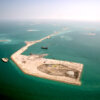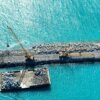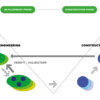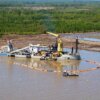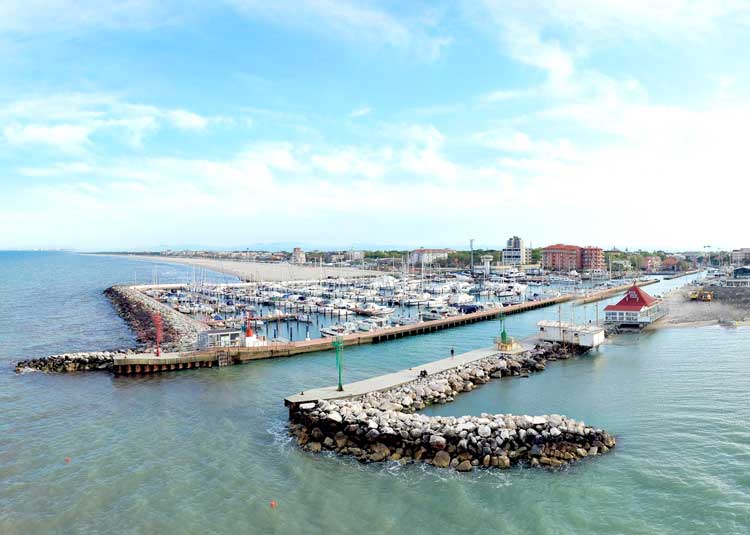The design of a dredging project goes through several phases – preliminary design, detailed design, construction and operation and maintenance.
Design Phases
Dredging projects are undertaken for a variety of reasons, such as land reclamation, port development, flood control and environmental remediation. Once a decision has been made to proceed with a project, a rational design must integrate functional and performance requirements. In addition, boundary conditions, equipment and working methods need to be taken into account. A good design will ensure the desired outcome of a project in the most cost-effective way without undesirable environmental impacts.
Preliminary design
For all projects, whether capital, maintenance or remedial, a detailed design must be prepared. The design phase presumes that all feasible alternatives have been considered, and a single project has been identified which meets the economic, financial and environmental criteria established.
Detailed design
The preliminary design is then developed into a detailed engineering design package. This detailed design package is the primary vehicle for developing a set of specifications suitable for soliciting international tenders from dredging contractors.
Furthermore, at the end of the detailed design, the client should have a reliable cost estimate upon which to base an evaluation of submitted tenders. There are a number of very important elements in the detailed design process.
Construction phase
Following the design phase, the project moves into construction phase. This will require:
- creating detailed specifications for the contract documents;
- soliciting and awarding tenders;
- establishing an administration structure and inspection scheme; and
- establishing monitoring parameters for during construction.
Operation and maintenance phase
Upon the completion of the construction phase a plan should be in place to make sure that the operation and maintenance of the dredging project continues in a way to ensure the project functions properly. Since maintenance costs can be significant and are recurring, provisions should be made from the start and included in the overall design and planning.


